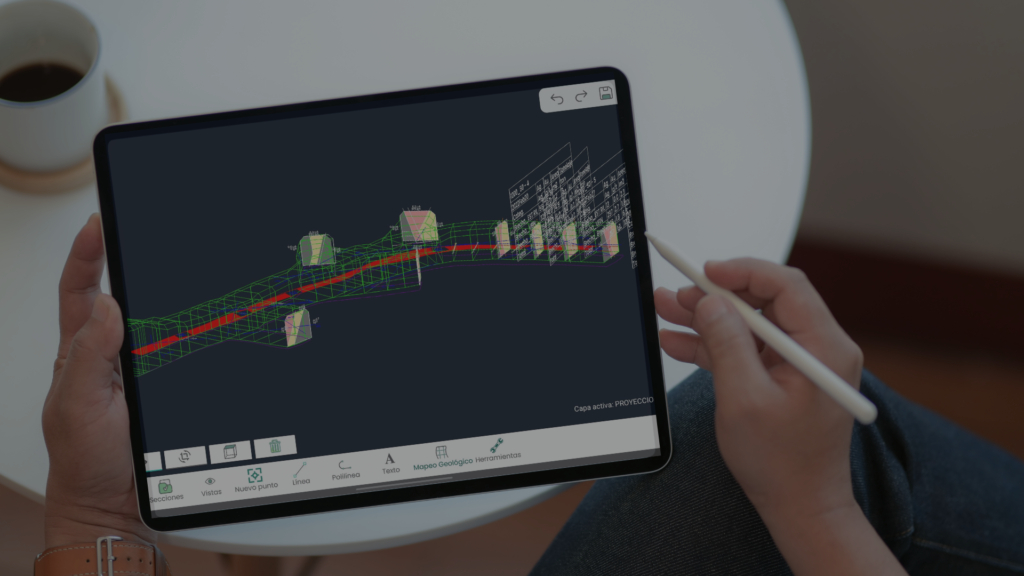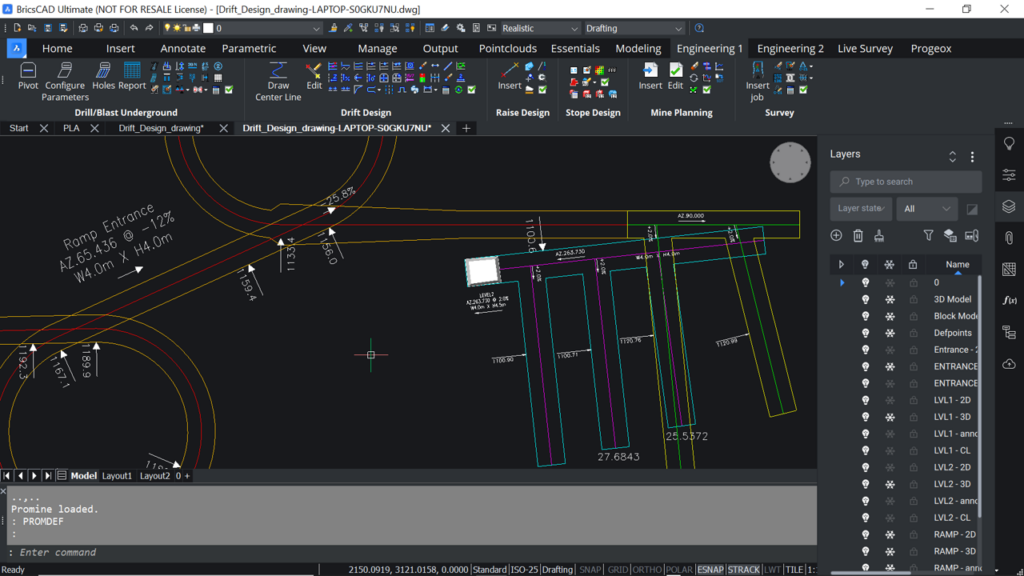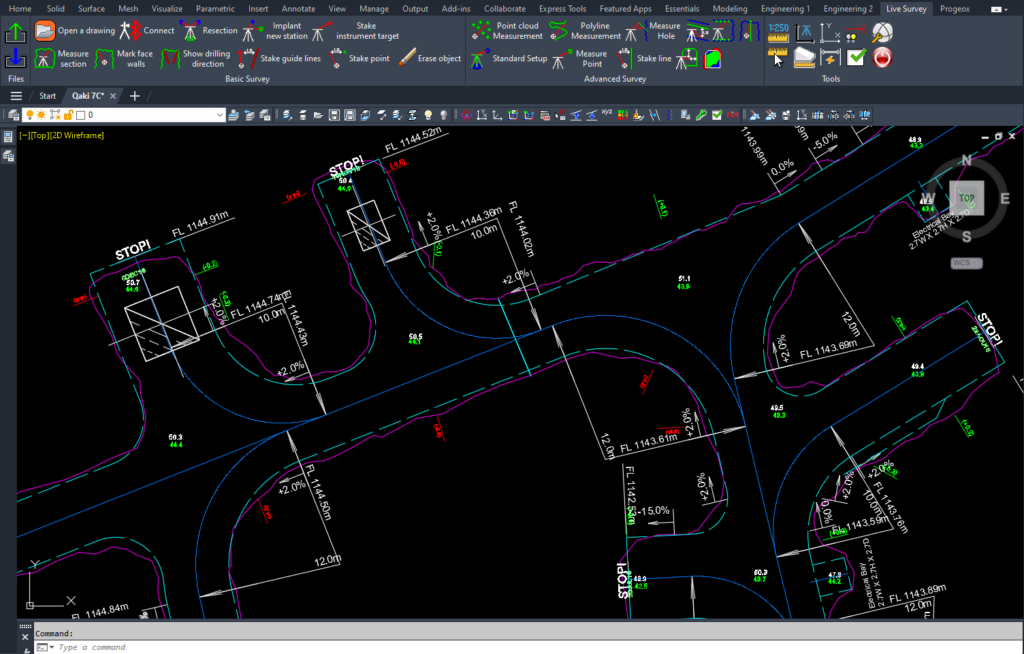The concept of sustainability can be accepted as the fact to utilize things in a way to maintain them so that future generations can enjoy them as well. When talking about mining, it is difficult to apply this concept to a large ore deposit. This is because the main goal it to extract the full orebody to recover minerals, which means that the orebody itself cannot be maintained for future generations. Therefore, when talking about sustainability in mining, we can think of it in a way to reduce environmental damages, energy that feeds processes on mine site, and other factors related to the impact of the surrounding environment. Human beings have been mining since the stone age, trying to produce valuable materials, tools and fertilizers to help them in their daily lives. In the past, little attention was given to the environmental impact caused by the production of these activities, leading to mercury and cyanide being discharged into the environment, for example.
The current situation in Colombia’s mining industry is quite complex due to the instability of the economy and environmental regulatory issues. Consequently, it is difficult to clearly measure sustainability in mining in Colombia. Many areas, in Colombia’s mining regions, damage the environment and millions of hectares get devastated, which can in return could have been used for agriculture. Therefore, it is crucial to build environmental regulations capable of measuring and quantifying such activities. Perhaps, given the livelihood of people living in Colombia, it is difficult to make such a transition, where people tend to focus more on their financial and educational situation.
Environmental and Social Assessment (ESA) is one example of how mines in Colombia can assess whether the mining project will be a high-impact project or a low-impact project. Given that Colombia is one of the biggest coal exporter, this is an opportunity to identify the main “pain points” which has the capability to prevent major environmental disasters. This assessment undergoes several stages to identify the impact. For example, in the beginning, an “ESA Screening” is performed, where experts determine the possible impact of the project in question based on previous experience from similar projects. Then, an “ESA Scoping” is done, where the biggest possible environmental impacts are identified. Lastly, the most important step is the “Environmental and Social Management Plan” (ESP), which aims to implement a set of prevention, mitigation, compensation, monitoring and institutional measures to be implemented throughout all phases of the mining project.
Having a good mining sustainability foundation means that organization must be completely revamped. This will require a significant amount of organization to cope with the fast-paced work environment in the mining industry. This leads to the need of powerful software, able to flawlessly manage mining designs, plans and other information in one secure location that can be accessed easily by an organization. Promine addresses these needs through the Essential Category, which allows users to share up-to-date drawings using the Filer Module. In addition, this project management tool allows to connect to a local server, OneDrive or Google Drive and add unlimited users to your account for managing drawing-level permissions. This unvaluable toolkit allows organizations to easily manage their teams during the fast-moving recovery period of the mining industry.
References:
MOLINA ESCOBAR, JORGE MARTÍN, & RESTREPO BAENA, OSCAR JAIME (2010). COLOMBIAN MINING SUSTAINABILITY. Dyna, 77(161),149-151.[fecha de Consulta 4 de Agosto de 2021]. ISSN: 0012-7353. Disponible en: https://www.redalyc.org/articulo.oa?id=49615347016
Goodland, R. (2011, December). Best Practice Mining in Colombia. Speech presented at Best Practice Mining forum.





